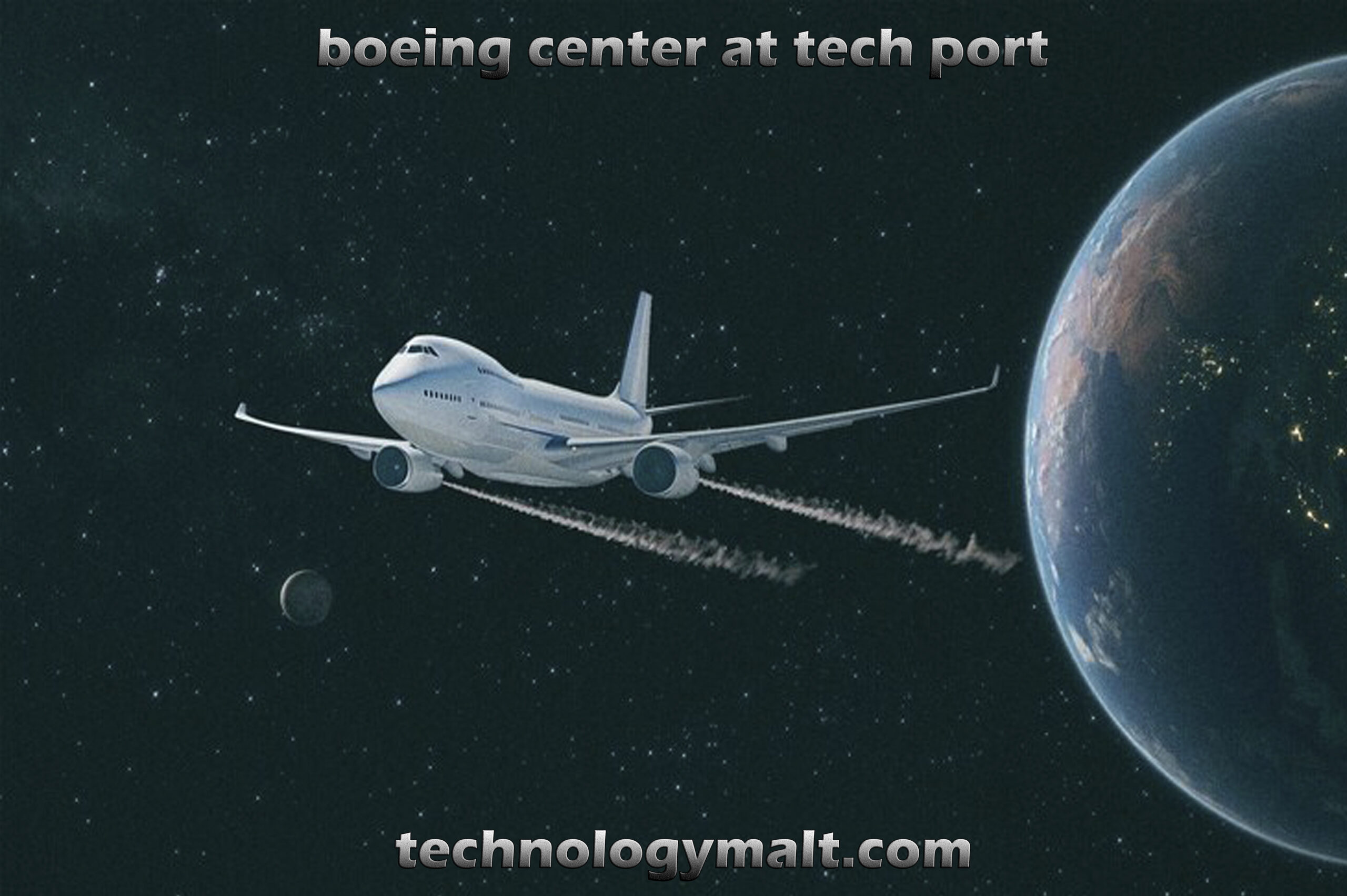Introduction
The boeing center at tech port stands as a groundbreaking milestone in aerospace innovation and technological advancement. Situated in the heart of San Antonio, Texas, this state-of-the-art facility seamlessly combines engineering excellence with cutting-edge technology. As we explore the significance of this hub, we’ll examine its profound impact on the aerospace sector, its unique features, and its visionary approach for the future.
The Vision Behind the Boeing Center
The Boeing Center at Tech Port arose from a bold vision aimed at advancing aerospace technologies and fostering collaboration. This visionary project sought to create an environment that actively stimulates innovation and progress. Recognizing the need for a dedicated space where cutting-edge research and development could flourish, Boeing, a global leader in aerospace, joined forces with local stakeholders and government entities. Consequently, this collaborative effort transformed the vision into reality.
The center’s design is a testament to its commitment to both functionality and inspiration. It integrates advanced laboratories, sophisticated simulation facilities, and versatile collaborative workspaces. These elements work in harmony to create an environment that nurtures creativity and problem-solving. Through this collaborative approach, Boeing is driving forward the next generation of aerospace technologies.
A Hub for Innovation and Collaboration
At its core, the Boeing Center serves as a vibrant hub for innovation and collaboration. The facility features a variety of state-of-the-art technologies designed to support diverse aerospace projects. For instance, advanced simulation tools allow engineers to test and refine new concepts. Consequently, these tools ensure that emerging technologies meet rigorous performance standards before real-world implementation.
Furthermore, the center actively fosters collaboration among industry leaders, researchers, and academic institutions. By uniting experts from various fields, the Boeing Center creates a fertile ground for groundbreaking discoveries and advancements. This collaborative atmosphere helps bridge the gap between theoretical research and practical application.
Cutting-Edge Facilities and Technologies
The Boeing Center is equipped with cutting-edge facilities and technologies that drive aerospace innovation. One notable feature is the advanced materials laboratory, where scientists study and develop new materials specifically for aerospace applications. This laboratory enables researchers to explore materials offering improved performance, durability, and efficiency.
Additionally, the center’s aerospace simulation facilities provide a comprehensive testing environment for new technologies. These facilities allow engineers to simulate real-world conditions and assess the performance of new systems effectively. This simulation capability is crucial for ensuring that technologies are ready for deployment in demanding aerospace environments.
The Boeing Center also includes collaborative workspaces that encourage interdisciplinary teamwork. These spaces are strategically designed to facilitate communication and idea-sharing among team members. By fostering a culture of collaboration, the center accelerates the development of innovative solutions.
Impact on the Aerospace Industry
The impact of the Boeing Center on the aerospace industry is both significant and far-reaching. By providing a dedicated space for research and development, the center accelerates the pace of technological advancements. This acceleration benefits the aerospace industry by enabling the swift introduction of new technologies to the market.
Moreover, the center’s emphasis on collaboration enhances industry-wide innovation. By working together, industry leaders and researchers can address complex challenges and develop more effective solutions. This collaborative approach also ensures that new technologies meet the evolving needs of the aerospace sector.
The Boeing Center’s influence extends beyond technological advancements; it also contributes to the growth of the local economy. The facility creates high-quality jobs and attracts talent to the region, supporting the broader community and fostering long-term development.
The Future of Aerospace at Tech Port
Looking ahead, the Boeing Center at Tech Port is poised to play a pivotal role in shaping the future of aerospace. As the industry continues to evolve, the center will remain at the forefront of innovation. Its commitment to research, development, and collaboration ensures it will drive progress in aerospace technology.
The center’s ongoing projects and initiatives reflect its dedication to addressing future challenges. For example, research into sustainable aviation technologies aims to reduce the environmental impact of air travel. By focusing on sustainability, the Boeing Center actively contributes to the industry’s efforts to create a more eco-friendly future.
Furthermore, the center’s educational programs and partnerships with academic institutions cultivate the next generation of aerospace professionals. By providing opportunities for students and researchers, the center ensures a continuous flow of talent and ideas into the industry.
Conclusion
In conclusion, the Boeing Center at Tech Port exemplifies the power of innovation and collaboration. Its state-of-the-art facilities and forward-thinking approach set a new standard for aerospace research and development. By fostering an environment that supports cutting-edge technology and interdisciplinary teamwork, the center drives progress and shapes the future of the aerospace industry.
As we look to the future, the Boeing Center’s influence will undoubtedly continue to grow. Its unwavering commitment to excellence and innovation ensures that it will remain a key player in the advancement of aerospace technologies. The center not only represents a significant achievement for Boeing but also stands as a valuable asset for the entire aerospace sector.











